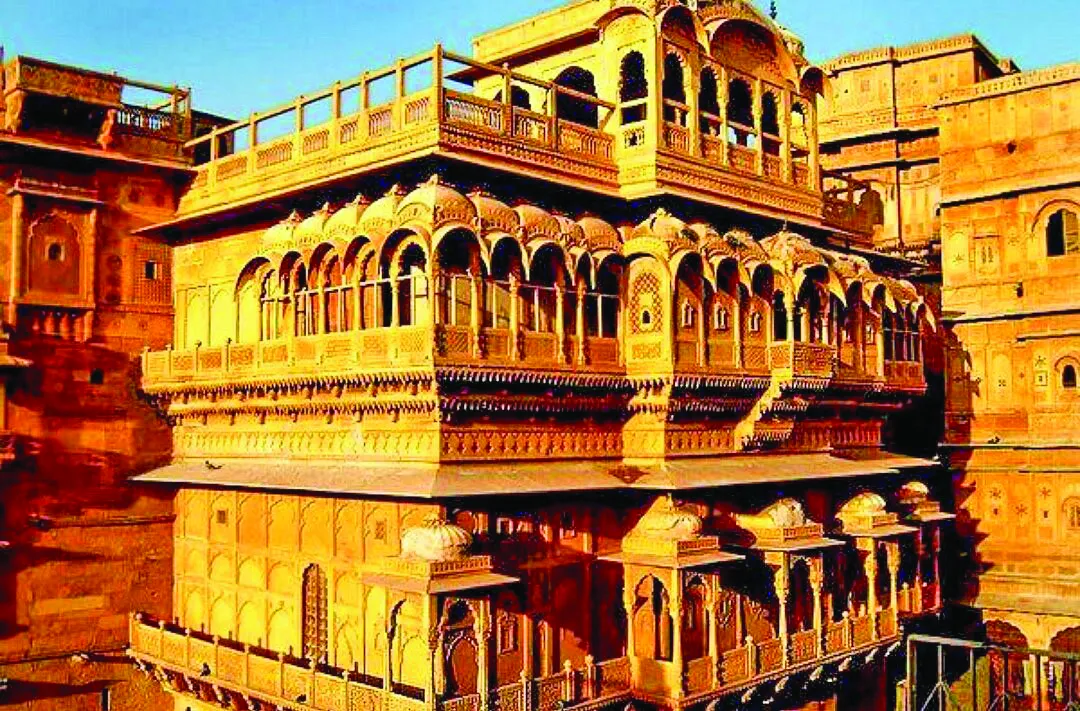As the world gets set to applaud women of grit and perseverance, The Sunday Guardian applauds royal women from the past who are featured in the book Maharanis: Women of Royal India, a best-seller by Mapin. In this book are featured a century of photographs curated by K.G. Pramod Kumar, a much-respected museum curator and history aficionado. Here are some of our favourites from the book.

Nawab Shah Jahan Begum

The book, ‘Maharanis’
.
Maharani Kanari Kumari of Kapurthala

Kusum Kunwarba of Rajpipla
In the past, tales of princely India have mostly involved the figure of the Maharaja. However, through his book, K.G. Pramod Kumar attempts to explore the exquisite women of royal India. The book showcases the royal portrait photography of the Maharanis of India which function as socio-historical documents and notes to enquire into gender debates, intricate connection between Indian royal families and colonialism and one’s conceptualisation of the past.
One of the earliest photographs of the royal women of India is that of Nawab Shah Jahan Begum of Bhopal by Bourne and Shepherd Studios (Museum of Art and Photography). She was the third Begum of Bhopal and was considered one of the most enlightened female rulers.
Some of the photographs also showed the transformation of these royal women from their traditional look to a more modern look, wearing hunting safari or riding clothes and posing with their kills. This look has been adorned by Maharani Tara Devi of Jammu and Kashmir, in a photograph taken by Mahatta and Co. Srinagar (Museum of Art and Photography).
With the advent of Western influence, Indian royal women began to wear Western or European clothes more often. This projection of Western attitudes can be seen in the photograph of Maharani Rani Kanari of Kapurthala taken by Sir John Benjamin Stone (Museum of Art and Photography).
Photographs were also famous for capturing jewellery that were purchased prominently by Maharajas and Maharanis of India who were interested in the works of European jewellers. In a photograph taken by Vandyk Studios, London (Museum of Art and Photography), Maharani Yashoda Devi of Patiala is seen wearing a beautiful pearl necklace.
In the 20th century, formal photographs were taken in studios that were embellished with backdrops and props. These studios had improved lighting techniques and strategically placed shadows. Wilson Studios, Bombay (Museum of Art and Photography), captured such a photograph of Maharani Kusum Kunwarba of Rajpipla.























